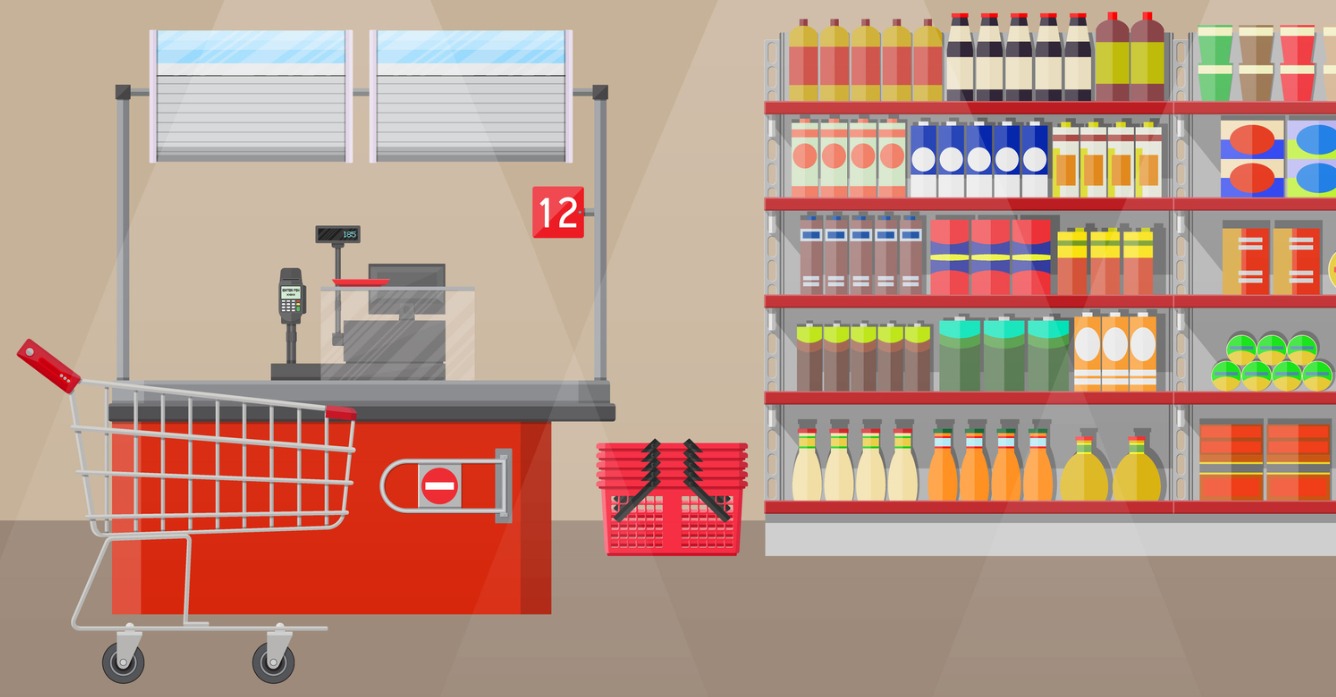3 minute read
Lane Configuration Optimization: Forecasting for the Future

Ricardo Romo, Industrial Engineer
Femi Olowu, Implementation Specialist
Brie Urick, Senior Industrial Engineer
Damien Deem, Implementation Specialist
Lane Configuration: An innocuous set of words but a concept that retailers strive to perfect in order to ensure great, quick and efficient service for their customers. Its importance cannot be overstated. It is central to the perpetual goal of all retailers to improve and maximize throughput, which we flagged in part 1 of this series as having a significant impact on customer experience (don’t miss part 3).
What is throughput?
Throughput is the rate at which goods and services are processed. For retailers, throughput is how quickly and efficiently they can process their customers and items and reduce queuing, which is the accumulation of customers waiting to be served. Lane configuration is a significant component in improving throughput. Today’s front end is more complex than ever: regular and express lane types, self-checkout, e-commerce (in house or third party), scan and go, to name just some. Balancing operational capacity across each of these to maximize throughput is daunting. It requires the right answers to such questions as:
- What shopping patterns do my customers follow?
- How do I effectively and strategically schedule my employees to coincide with how my customers shop?
- How do I make an accurate prediction in order to schedule accurately for customers?
- Do my managers have and use the information effectively to reduce queuing and provide customers with a better shopping experience?
Getting the right answers necessitates a system that can analyze historical data and shopping patterns to forecast scheduling requirements, assuring that the right components are in place to avoid queuing concerns. Getting it right, resulting in reduced shopping time and the ability to make shrewd choices in labor use, will lead to positive results in sales and profitability.
The traditional approach
To help understand the ways in which accurate forecasting tools help, let’s talk for a minute about how retailers have historically approached the significant challenge of lane configuration.
Lane configuration challenges
Little thought was given regarding what type of registers were needed at a particular time. Large numbers of lanes were opened without considering the size or quantity of items customers would have. Express orders were mixed with large orders, resulting in long queues for both, creating frustration. To address this, retailers introduced new areas and/or ways to check out. Self-Checkout, BOPIS (Buy Online, Purchase In-Store) and other formats were attempts to introduce variety and options for customers. To a limited extent, it worked. However, it still did not address the underlying issue of how to schedule to what a business really needs to be successful. Customers still left upset, feeling that their time and money are not important.
Scheduling complexities
Accurately forecasting the right balance across configurations at any given time of day was not easily possible. There were numerous issues with queuing, traffic flow, mis-scheduling of appropriate registers (both in type and number), and a lack of process for managing that resulted in lost sales, poor or ineffective management of payroll and resources, and a general decline in profitability for the business.
Next-gen front end planning
So, what type of forecasting will help in this situation? Demand forecasting. Demand forecasting is the ability to anticipate what will happen and to schedule accordingly. The accuracy of your forecast will depend on how you use the data your forecasting system has collected, with the tools available to help one make the best decisions. As in any process, “garbage in, garbage out.” Use bad data—or a bad hunch—and you will produce a bad schedule. Use good quality data that has been thoroughly analyzed, with the considerations we have discussed above, and you can produce a schedule that will accurately anticipate and take care of your business needs.
Data driven decisions
Accuracy and specificity are key. The granularity of the historical data is crucial. Providing historical checkout data split into intervals will increase accuracy as the time interval becomes smaller; for example 15-minute intervals rather than 1-hour intervals. Using this data, with historical trends concurrently, is powerful. Retailers can use this data to produce a demand forecast that predicts how customers behave in specific locations, at particular times of the day, seasonally, and the mixture of customer type. They can then schedule and plan lanes accurately, so at any given time they have the right configuration to process customers efficiently, reducing both wasted labor and queuing, and providing customers with the service they deserve.
The journey to improving front end operations management
So far in our exploration of “Improving Front End Operations Management,” we have discussed several topics. In the first of this four-part series, we discussed how the changes in business over the years have impacted front end management, and the challenges these changes have posed. With competition, decreasing profitability, and the increasing parity between retail locations, operation of this department has become more agile. Here we have explored how forecast accuracy supports improving front end throughput and queuing with predictive scheduling. In the next installment, we will narrow our focus to cashier performance and examine how effective coaching can further improve throughput as well as employee satisfaction.



